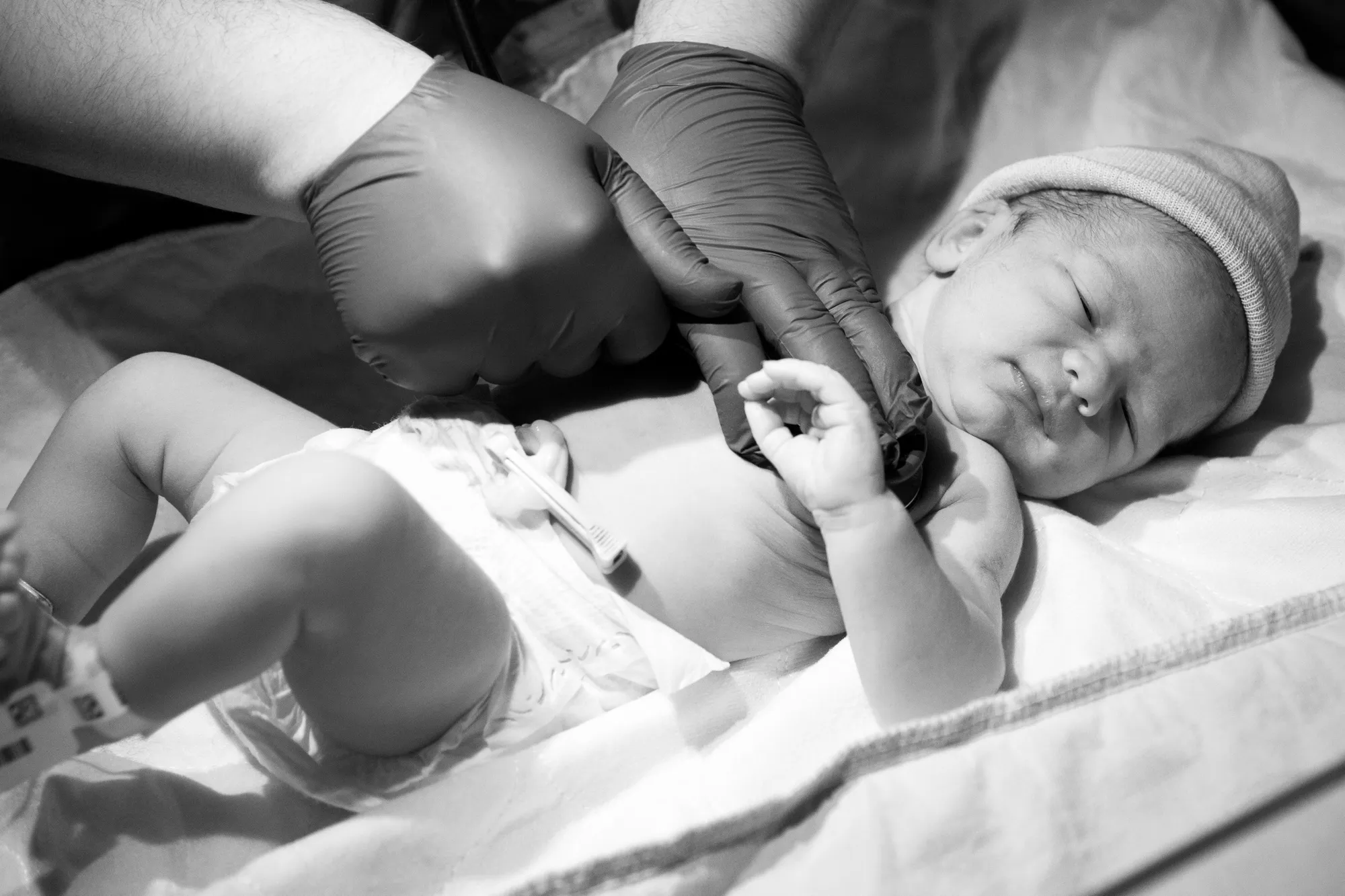In a recent publication in ‘Circulation: Cardiovascular Imaging’, a notable medical case was revealed involving a 31-day-old infant diagnosed with a massive ductus arteriosus aneurysm accompanied by a thrombus.
The case report, entitled “Giant Ductus Arteriosus Aneurysm With Thrombus in a 31-Day-Old Infant” and identified with DOI: 10.1161/CIRCIMAGING.119.008939, was brought to light by He Li and colleagues from the Department of Ultrasound at the Union Hospital, Tongji Medical College, Huazhong University of Science and Technology, and the Hubei Province Key Laboratory of Molecular Imaging, in Wuhan, China.
Background of the Condition
A patent ductus arteriosus (PDA) is a condition where the ductus arteriosus fails to close after birth, resulting in an abnormal blood flow between the aorta and pulmonary artery. However, a ductus arteriosus aneurysm is a rare and more severe condition characterized by an abnormal dilation of this blood vessel. When accompanied by a thrombus, as in this case, the condition poses significant risks including rupture, embolism, and death.
Diagnosis
In this exceptional instance, the 31-day-old, previously healthy infant presented to the healthcare facility with signs of dyspnea and pneumonia. With careful diagnostic imaging, including echocardiography and computed tomography angiography, the medical team discovered the presence of a large ductus arteriosus aneurysm along with a thrombus.
Implications of the Findings
The discovery of such a large aneurysm complicated by thrombosis in such a young infant is highly unusual and demands immediate medical attention. The treatment options are complex and require a multidisciplinary approach. This case highlights the predictive value of advanced imaging techniques and underscores the need for suspicion of this condition when infants show respiratory distress.
Treatment Outcome
The medical report by Li He and the team details the approach taken to address this life-threatening scenario. Surgical intervention is often the chosen course of action due to the potential complications, aiming to repair or remove the aneurysm and resolve the thrombus.
Contribution to Medical Literature
This case contributes significantly to the body of medical knowledge, serving as a crucial reference for healthcare professionals when encountering similar presentations. Early detection and management of giant ductus arteriosus aneurysms in infants can be life-saving.
Keywords
1. Ductus Arteriosus Aneurysm
2. Infant Cardiac Surgery
3. Aneurysm with Thrombus
4. Pediatric Echocardiography
5. Cardiac CT Angiography
References
1. Li, H., Wang, B., Sun, Z., Zhang, L., & Xie, M. (2019). “Giant Ductus Arteriosus Aneurysm With Thrombus in a 31-Day-Old Infant.” Circulation: Cardiovascular Imaging, 12(5), e008939. https://doi.org/10.1161/CIRCIMAGING.119.008939
2. Patent Ductus Arteriosus (PDA). (n.d.). Cleveland Clinic. Retrieved from https://my.clevelandclinic.org/health/diseases/17326-patent-ductus-arteriosus-pda
3. Advanced Pediatric Echocardiography. (n.d.). American Society of Echocardiography. Retrieved from https://www.asecho.org/education/advanced-pediatric-echocardiography/
4. Agarwal, P. P., Dennie, C., Pena, E., & Nguyen, E. T. (2017). “Anomalous Coronary Arteries That Need Intervention: Review of Pre- and Postoperative Imaging Appearances.” Radiographics, 37(3), 740-757. DOI: 10.1148/rg.2017160130
5. Srivastava, N. T., & Knepp, M. D. (2022). “Surgical Management of Aneurysms in Children.” Seminars in Thoracic and Cardiovascular Surgery: Pediatric Cardiac Surgery Annual, 25, 16-23. https://doi.org/10.1053/j.pcsu.2021.10.006
Conclusion
The case of the giant ductus arteriosus aneurysm with thrombus in this 31-day-old infant is a pivotal reminder of the challenges and complexities faced in pediatric cardiovascular medicine. The successful diagnosis, management, and treatment of such rare conditions depend on a timely multidisciplinary approach and high clinical vigilance. This case not only serves as a testament to modern medicine’s capabilities but also to the continual need for research and education in pediatric cardiology and cardiovascular imaging. Through such efforts, physicians can improve medical outcomes for even the youngest patients with cardiac anomalies.
